
The Strange Addictiveness Of Analytics
(Why our craving for data might lead us to a place we can’t control)
(Scroll down)
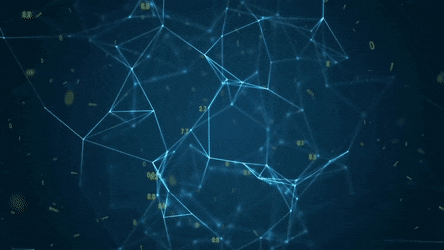
Chapter One: why analytics are addictive
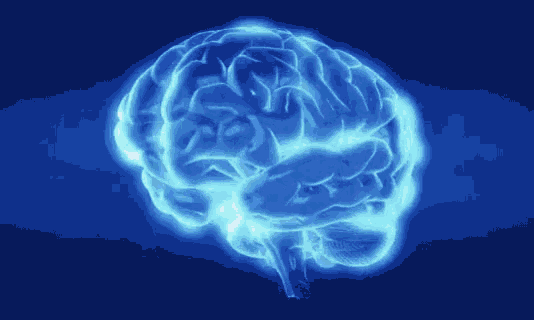
The human brain is wired to seek out patterns.
From An Evolutionary
Perspective.
Recognizing Patterns is crucial to survival.
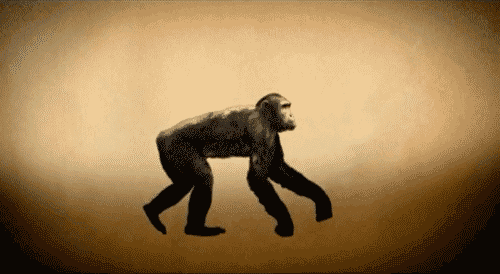
Our
Ancestors.
Relied on patterns.
Like the migration habits of animals.

Or the changing of the seasons.

Patterns

helped us hunt.
survive.
And thrive
Take a look at the table below, showing the frightening scale of data in 2023.
| Statistic | Source |
|---|---|
| 90% of the world’s data has been created in just the past two years. | IBM, 2021 |
| 47% of marketers consider data as the most important factor when making marketing decisions. | Domo, 2020 |
| 73% of business leaders say that data analytics will be a key factor in their organization’s future success. | Forbes, 2019 |
| 89% of companies believe that investing in data quality will lead to higher revenues. | Experian, 2019 |
| Data-driven organizations are 23 times more likely to acquire customers, 6 times as likely to retain customers, and 19 times as likely to be profitable as a result. | McKinsey Global Institute, 2018 |
Today, our desire for patterns remains undimmed. It’s hardwired into in our makeup. But the information we crave has changed. We no longer need to memorize the patterns of animals, or the changing seasons. Survival means succeeding on a financial level.
For this, data and analytics are extremely helpful…


Chapter two: Feeding Our brain’s craving
When
Our brain finds patterns.
It creates a mental note.

This is used to help us map
out the future.
It’s called…
Predictive coding.
a fundamental principle.
On how the brain works.
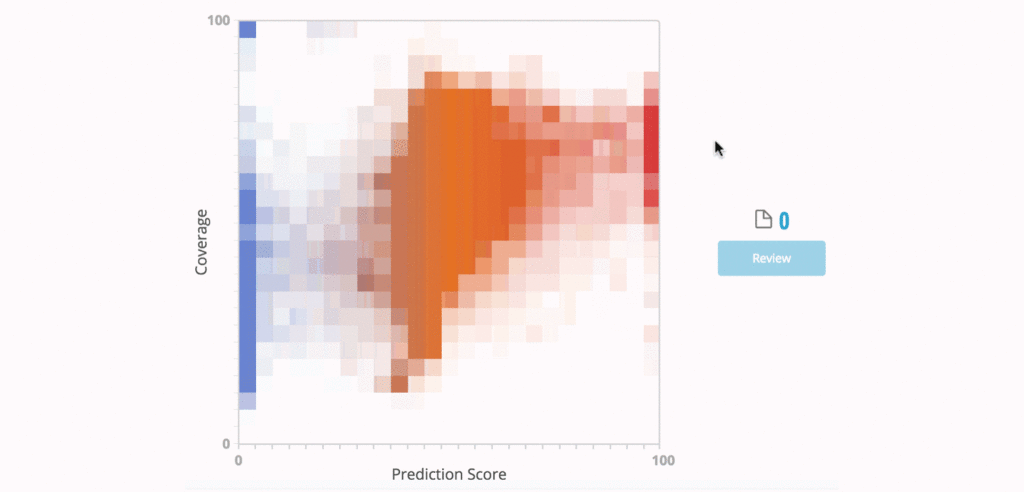
Pattern recognition.
Is facilitated.
By several areas of the
Brain.


Pre-frontal cortex.
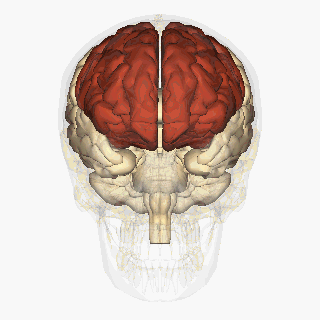
Temporal lobes.
Parietal lobes.
Take a look at the table below.
| Statistic | Source |
|---|---|
| By 2025, the global datasphere is expected to grow to 163 zettabytes, which is 10 times the amount of data generated in 2016. | IDC, 2020 |
| 71% of enterprises believe that big data analytics is important to their business goals and objectives. | Forbes, 2019 |
| 80% of companies say that improving data quality is a priority for them. | Experian, 2020 |
| The average data breach costs companies $3.86 million, and it takes an average of 280 days to identify and contain a breach. | IBM, 2020 |
| In 2021, the average time spent on social media by internet users worldwide was 2 hours and 25 minutes per day. | Statista, 2021 |
When a pattern is found, the brain is rewarded.
It releases…
Dopamine.
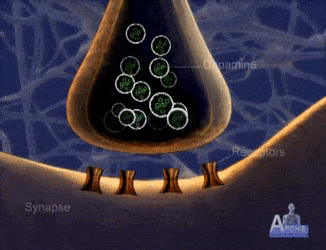
A neurotransmitter
Associated with
pleasure.
Which leaves us craving more.
and more.
and more.

Chapter three: Finding patterns in data
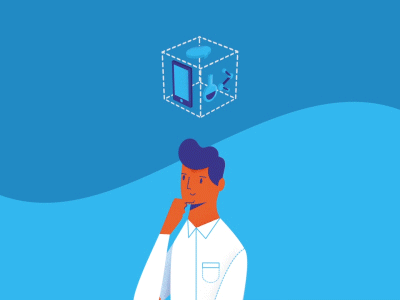
Since we’ve evolved
To crave patterns to survive
It’s no surprise that we turn to data…

Data
Is how we predict
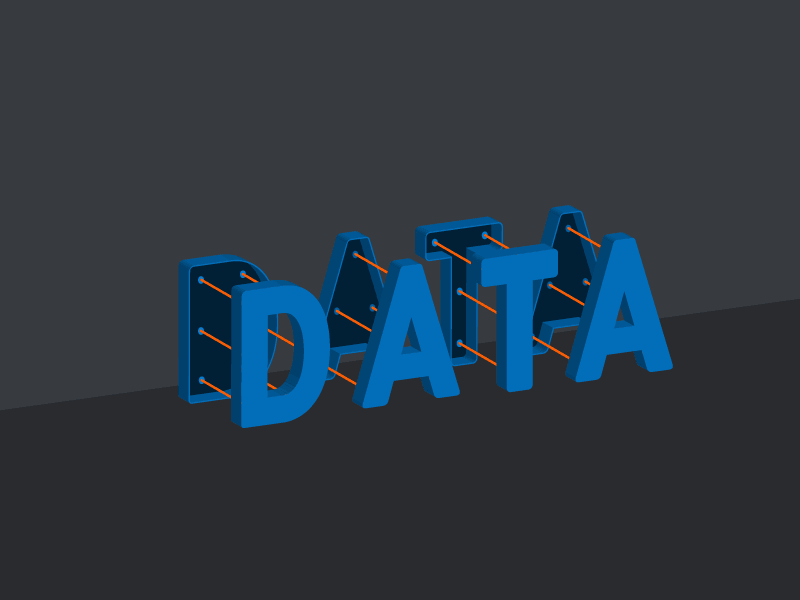
The future
Through advanced
metrics
insights
and analytics

Analytics release
endorphins.

Linked to our
evolutionary desire
to survive.

McKinsey
noted In a study that the use of big data and analytics
has grown by
400%
in the last decade.

And…
It’s not just businesses that rely on it.

From personal fitness trackers and banking analytics, to social media algorithms and project management, both individuals and organizations depend on data to survive.
Data lies at the heart of everything.

But as the data continues to grow
We will need to get better at Interpreting it.
Turning abstract numbers.
Into real insight.
This is what will drive.
the AI revolution.

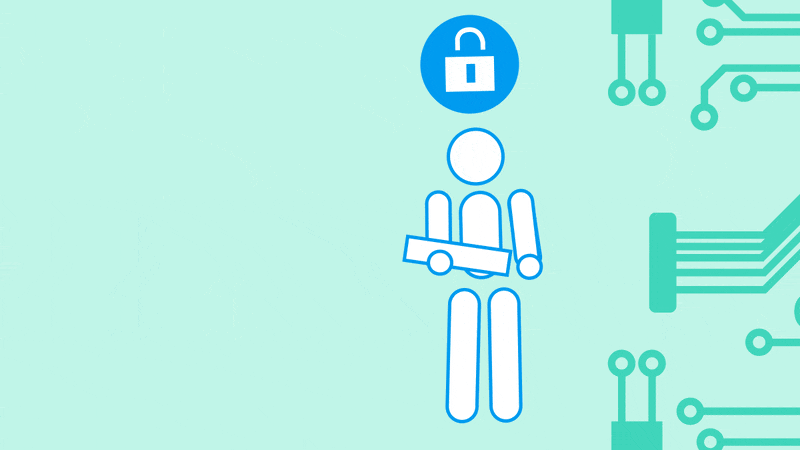
Chapter four: The ethics of data
But…
As our desire for data grows.
So too do the risks behind it.

Data is valuable.
For both ethical business, and criminals seeking to exploit it.

The spotlight is on how we gather it.

Personal data.
Is fiercely protected by some.
And governments.
Are catching on.
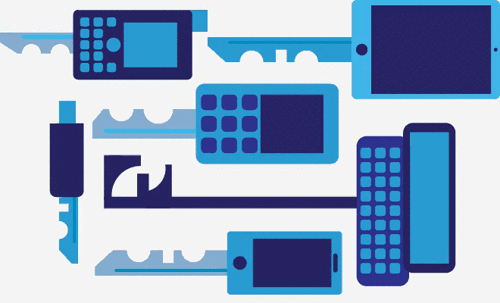
From
Cookies.

To
Trackers.
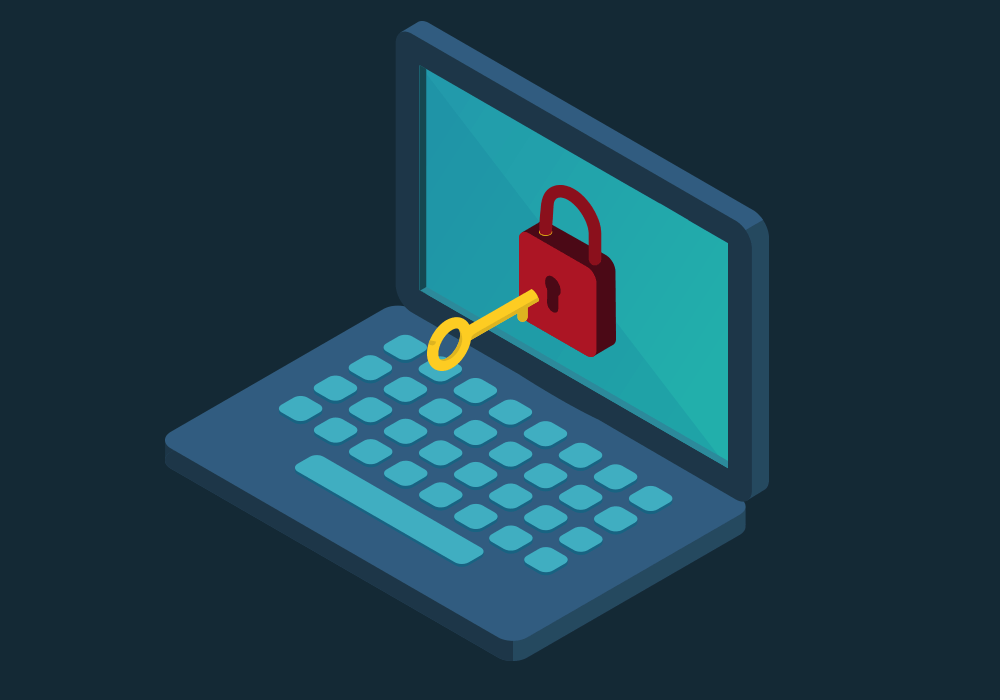
Data exists in everything.
Our craving is never satisfied.
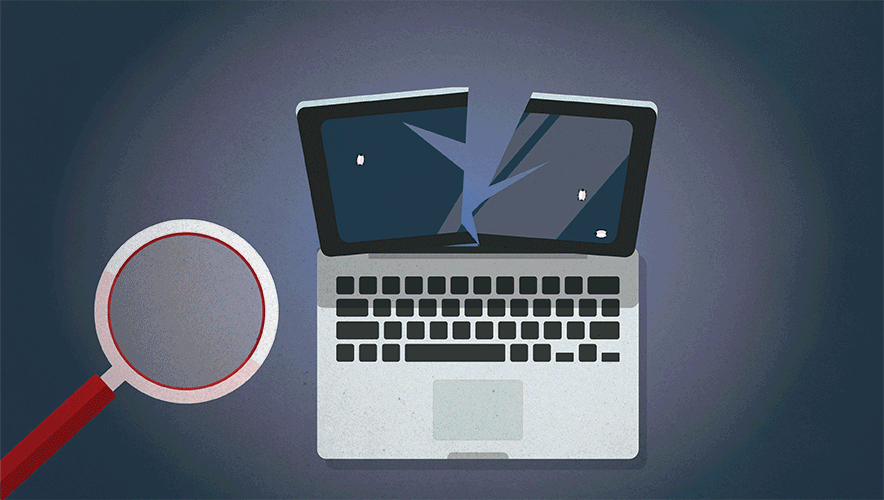
And we are only at the beginning.

AI will see the use of data grow.
Exponentially
While analytics have become addictive.
Soon, we might have to keep our cravings in check.
Infinite possibilities
But also untold problems.
Overall, the human brain is wired to seek out patterns because it is essential for survival, and is a fundamental aspect of how the brain processes information.
But soon we might have to ask ourselves if our craving for patterns could lead to an data driven world for which none of us are Truly Prepared.
